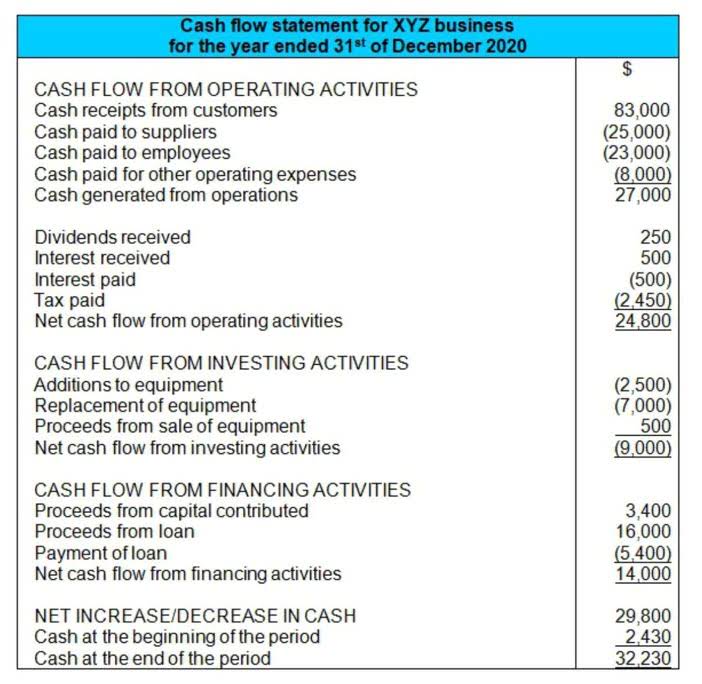Current Ratio: Calculation and Uses

This step provides some insights into the company’s liquidity and its ability to manage operational and financial stability effectively. For businesses, it highlights operational efficiency and effective cash flow management. For investors, it offers a dependable view of the company’s capacity to navigate short-term financial pressures. The working capital ratio is easily found on a company’s balance sheet, making it a practical yet powerful tool for assessing performance. Understanding this ratio enables stakeholders to make better decisions and strengthen financial strategies for sustainable growth. Current assets are assets that are expected to be converted into cash or used to Bakery Accounting pay off short-term obligations within one year.
- This means the company may be holding onto too much cash or inventory, which can lead to reduced profitability.
- Before applying for a loan, they want to be sure he is more than able to meet his current obligations.
- First, we must locate the current assets, which encompass cash, accounts receivable (outstanding payments owed to the company), and inventory (goods ready for sale).
- The current ratio is calculated by dividing current assets by current liabilities.
Dependence on Accounting Policies – Limitations of Using the Current Ratio
The current ratio is calculated as the current assets of Colgate divided by the current liability of Colgate. For example, in 2011, Current Assets were $4,402 million, and Current Liability was $3,716 million. On the flip side, if the current ratio falls below 1, it could be a red flag.
- Improving your current ratio starts with strategic management of accounts payable, cash flow, and overall financial health.
- Taking the time to monitor the current ratio can give some very valuable insights into a company’s ability to manage liquidity and ensure better financial stability.
- These companies purchase their inventory from suppliers and immediately turn around and sell it at a small margin.
- In many cases, a company with a current ratio of less than 1.00 would not have the capital on hand to meet its short-term financial obligations should they all come due at once.
Step 3: Apply the formula

Our intuitive software automates the busywork with powerful tools and features designed to help you simplify your financial management and make informed business decisions. This is markedly different from Company B’s current ratio, which demonstrates a higher level of volatility. As another example, large retailers often negotiate much longer-than-average payment terms with their suppliers.
Inventory Management Issues – Common Reasons for a Decrease in a Company’s Current Ratio
Conversely, industries such as technology and biotechnology tend to have lower current ratios. We hope this guide has helped demystify the current ratio and its importance and provided useful insights for your financial analysis and decision-making. Companies may attempt to manipulate their current ratio to give investors or lenders a clearer picture of their financial health. Inventory management issues can also lead to a decrease in the current ratio. If the company holds too much inventory that is not selling, it can tie up cash and reduce the current ratio. For example, a manufacturing company that produces goods may have a lower current what are retained earnings ratio than a service-based company that does not have to maintain inventory.
Nature of the Business – How Does the Industry in Which a Company Operates Affect Its Current Ratio?
- In contrast, a low current ratio may indicate that a company needs to improve its liquidity before pursuing growth opportunities.
- The current ratio should only take into account assets that are expected to be converted into cash within a year.
- It is simply calculated by dividing a company’s total assets (cash and easily convertible assets) by its short-term debts (accounts payable for the year).
- The ideal current ratio will vary depending on the industry and individual company characteristics, but generally, a higher ratio indicates better solvency.
- It could be an indication that the company’s working capital is not properly managed and is not securing financing very well.
- If a company is weighted down with a current debt, its cash flow will suffer.
- You now know how to calculate the current ratio and how to interpret its value.
As with many other financial metrics, the ideal current ratio will vary depending on the industry, operating model, and business processes of the company in question. Although both companies seem similar, Company B is likely in a more liquid and solvent position. An investor can dig deeper into the details of a current ratio comparison by evaluating other liquidity ratios that are more narrowly focused than the current ratio. On the other hand, a ratio above 1 shows outsiders that the company can pay all of its current liabilities and still have current assets left over or positive working capital. Both of these current accounts are stated separately from their respective long-term accounts on the balance sheet. This presentation gives investors and creditors more information to analyze about the company.

Current Liabilities

Balance sheet ratios are the ratios that analyze the company’s balance sheet which indicate how good the company’s condition in the market. These ratios usually measure the strength of the company comparing to its peers in the how to figure current ratio same industry. While A/R and inventory are frequently considered to be highly liquid assets to creditors, uncollectible A/R will NOT be converted into cash. In addition, the liquidated value of inventory is specific to the situation, i.e. the collateral value can vary substantially. The NWC metric is often calculated to determine the effect that a company’s operations had on its free cash flow (FCF).

Both variables are shown on the balance sheet (statement of financial position). A current ratio with a value of 0.41 is something that most investors would be concerned about, barring exceptional circumstances. The following data has been extracted from the financial statements of two companies – company A and company B. One limitation of the current ratio emerges when using it to compare different companies with one another. Companies, like Wal-Mart, are able to survive with a negative working capital because they turn their inventory over so quickly; they are able to meet their short-term obligations.
